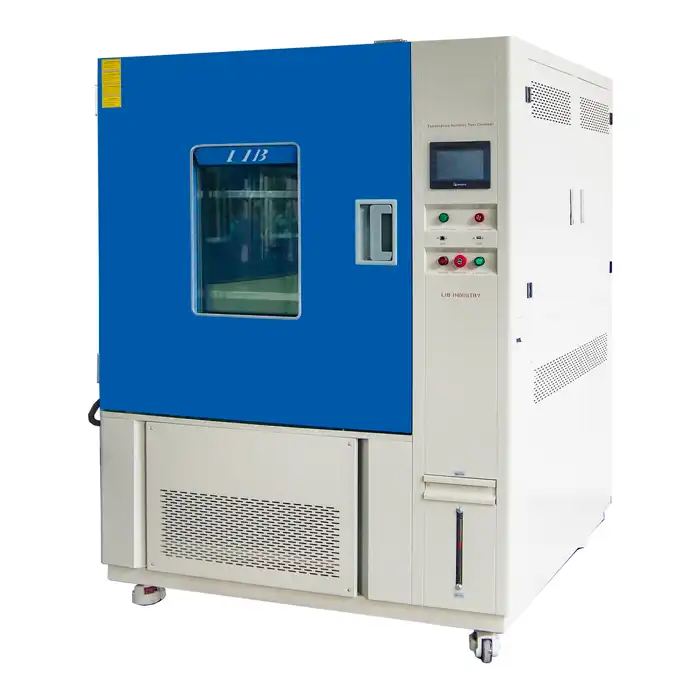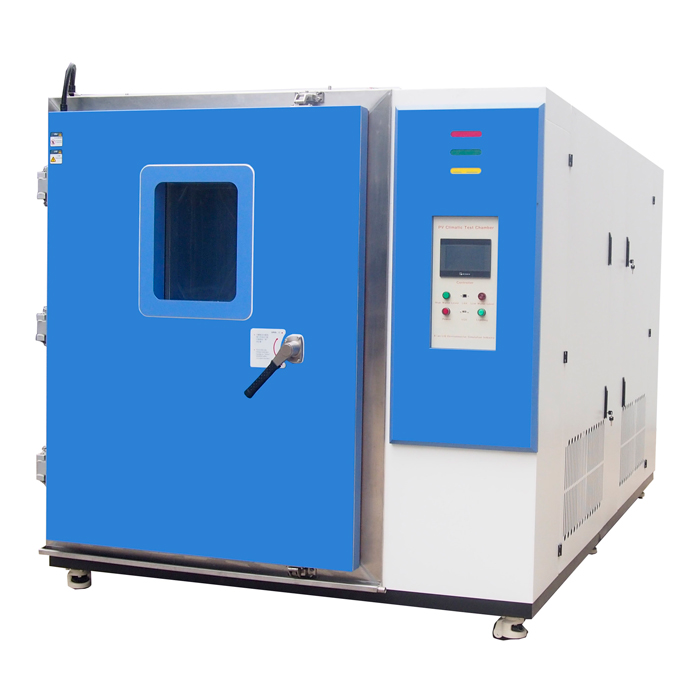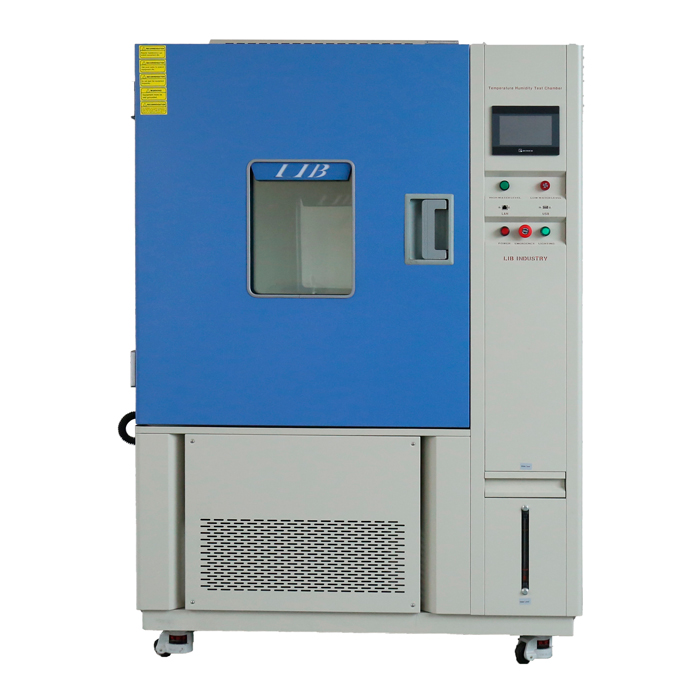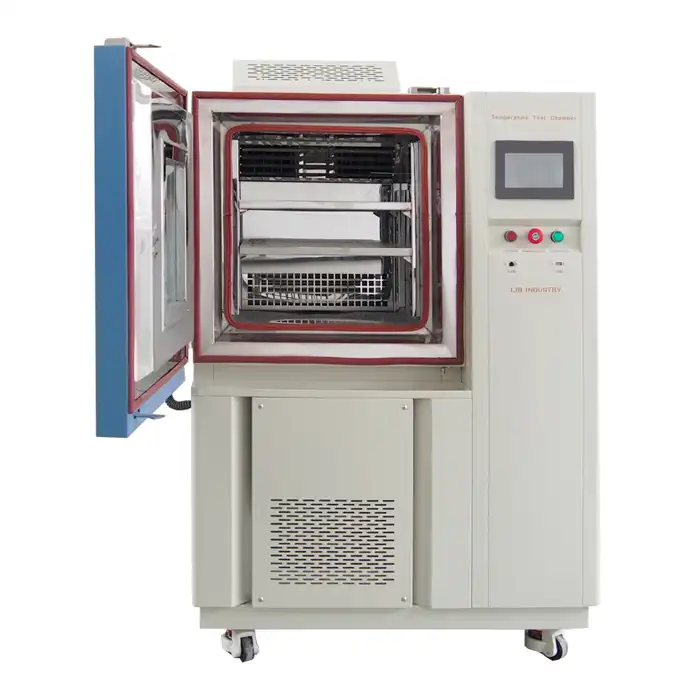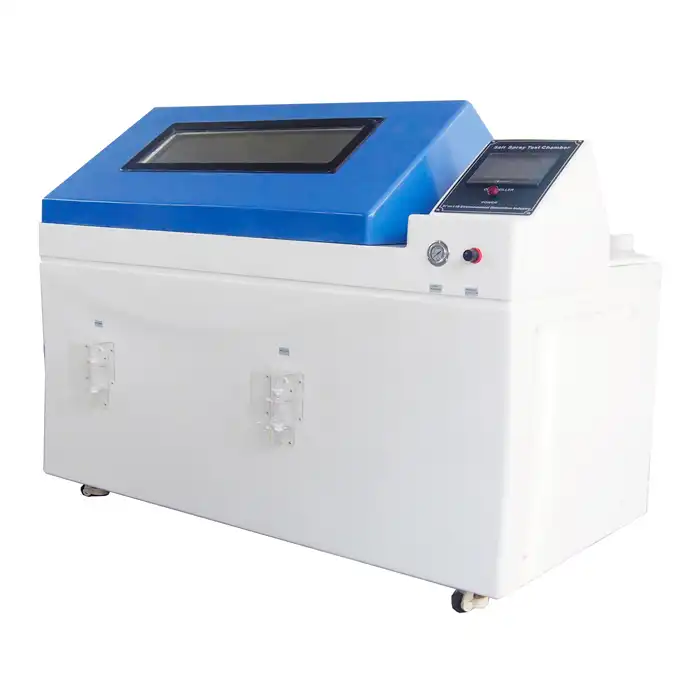What is the environmental test chamber refrigeration system?
Environmental test chambers are crucial tools for testing the reliability and durability of products under various environmental conditions. These chambers simulate extreme temperatures, humidity, and other conditions to ensure products perform as expected in real-world scenarios. At the heart of many of large environmental chambers is the refrigeration system, which plays a critical role in achieving precise and stable temperature conditions. In this blog, we'll explore what an environmental test chamber refrigeration system is, how it works, and its significance in the testing process.
Understanding the Environmental Test Chamber Refrigeration System
Environmental test chambers, particularly large environmental chambers, require advanced refrigeration systems to achieve and maintain the desired temperature ranges. The refrigeration system is responsible for cooling the chamber to simulate low-temperature conditions and is often used in combination with heating elements to create a wide range of temperatures.
A typical refrigeration system in an environmental test chamber consists of several key components:
- Compressor: This is the heart of the refrigeration system. It compresses the refrigerant, raising its temperature and pressure.
- Condenser: The hot, high-pressure refrigerant gas flows into the condenser, where it releases heat and condenses into a liquid.
- Expansion Valve: The high-pressure liquid refrigerant passes through the expansion valve, where it experiences a drop-in pressure, causing it to cool rapidly.
- Evaporator: The low-pressure, cold refrigerant enters the evaporator, where it absorbs heat from the chamber, effectively cooling the air inside.
The refrigeration cycle continues as the refrigerant moves back to the compressor, and the process repeats, maintaining the desired temperature within the chamber.
The Role of Refrigeration Systems in Large Environmental Chambers
Large environmental chambers are often used to test sizable products or multiple items simultaneously. The refrigeration system in these chambers must be robust and efficient to handle the increased volume and maintain uniform temperature distribution. Here are some critical roles of refrigeration systems in large environmental chambers:
Precise Temperature Control
Achieving precise temperature control is paramount in large environmental chambers. These systems must swiftly and accurately reach and maintain target temperatures, whether for extreme cold or heat testing scenarios. The refrigeration system's ability to respond promptly to temperature adjustments ensures reliable and repeatable testing conditions.
Uniform Temperature Distribution
Maintaining uniform temperature distribution throughout the chamber is crucial for consistent testing results. Advanced refrigeration systems are engineered to circulate cooled air evenly, preventing the formation of hot or cold spots. This uniformity guarantees that every item under test experiences identical environmental conditions, essential for reliable test outcomes.
Energy Efficiency
Given the energy demands of operating large environmental chambers, energy efficiency is a key consideration in refrigeration system design. Modern systems integrate advanced technologies that optimize energy usage without compromising performance. By minimizing energy consumption, these systems contribute to operational cost savings while maintaining optimal testing conditions.
Reliability and Performance
The reliability of refrigeration systems in large chambers directly impacts testing schedules and outcomes. These systems are engineered for durability and consistent performance under varying load conditions. Robust construction and advanced controls ensure that the chambers operate reliably over extended periods, supporting continuous testing operations.
Importance of Proper Refrigeration System Maintenance
To ensure the reliability and longevity of an environmental test chamber, regular maintenance of the refrigeration system is essential. Proper maintenance not only extends the life of the equipment but also ensures accurate and consistent test results. The following are maintenance tips for large environmental chamber refrigeration systems as recommended by large environmental chamber manufacturers:
Regular Inspections
Routine inspections are essential to detect early signs of wear, leaks, or abnormal noises in the refrigeration system. By identifying potential issues promptly, maintenance personnel can prevent costly repairs and minimize downtime, ensuring uninterrupted testing operations.
Clean Condensers and Evaporators
Condenser and evaporator coils are prone to accumulating dust and debris, which can hinder heat exchange efficiency. Regular cleaning of these components maintains optimal performance by facilitating efficient heat transfer, thereby improving energy efficiency and enhancing the chamber's ability to maintain stable temperatures.
Check Refrigerant Levels
Maintaining the correct refrigerant levels is critical for the effective operation of the refrigeration system. Low refrigerant levels can impair cooling capacity, leading to inadequate temperature control and increased energy consumption. Regularly monitoring and replenishing refrigerant levels ensures optimal system performance and prolongs the life of components.
Lubricate Moving Parts
Moving parts, such as compressors and fans, should be adequately lubricated to minimize friction and wear. Proper lubrication not only extends the lifespan of these components but also ensures smooth operation, reducing energy consumption and enhancing overall system reliability.
Monitor System Performance
Continuous monitoring of the refrigeration system's performance is essential to maintain optimal conditions within the environmental chamber. This includes tracking temperature stability and energy consumption metrics. Any deviations from expected performance parameters should be promptly investigated and addressed to prevent potential disruptions to testing processes.
Conclusion
The refrigeration system is a vital component of large environmental chambers, enabling them to achieve the precise and stable temperature conditions required for accurate product testing. Understanding how these systems work and the importance of regular maintenance can help ensure the reliability and efficiency of your environmental test chamber.
At LIB, we specialize in providing turnkey solutions for environmental testing, including the design, production, commissioning, delivery, installation, and training of large environmental chambers. Our expertise ensures that your testing needs are met with high-quality, reliable equipment tailored to your specific requirements. If you want to learn more about our large environmental chambers, welcome to contact us at info@libtestchamber.com.
References
1. Ahamed, J., & Kamaraj, M. (2017). Design and performance evaluation of an environmental test chamber for testing electrical and electronic equipment. Journal of Electrical Engineering & Technology, 12(1), 192-200.
2. Bergman, T. L., Lavine, A. S., Incropera, F. P., & DeWitt, D. P. (2011). Fundamentals of Heat and Mass Transfer (7th ed.). Wiley.
3. Erdem, A. (2019). Comparative performance analysis of refrigeration systems for environmental test chambers. Journal of Thermal Science and Engineering Applications, 11(4), 041011.
4. Fernández-Seara, J., Santos-Peña, J., López, L., & Delgado, J. (2015). Design and validation of a refrigeration system for an environmental test chamber. Applied Thermal Engineering, 75, 146-155.
5. ISO 16750-4:2010. Road vehicles - Environmental conditions and testing for electrical and electronic equipment - Part 4: Climatic loads.
6. Lin, Y., & Chang, J. (2018). Development and application of an environmental test chamber for thermal-humidity cycling tests of electronic devices. IEEE Transactions on Components, Packaging and Manufacturing Technology, 8(7), 1162-1170.
7. Neelakrishnan, S., Bandyopadhyay, P., & Maity, S. (2020). Performance evaluation of an environmental test chamber using a transcritical CO2 refrigeration system. Energy Conversion and Management, 205, 112431.
8. Ondrusek, C., & Fain, G. (2016). Characterization of environmental test chamber performance under extreme conditions. Journal of Testing and Evaluation, 44(4), 1423-1433.
9. Peck, R. E. (2014). Chiller Plant Design. McGraw-Hill Education.
10. Riffat, S. B., & Cui, P. (2016). Sustainable HVAC Systems. Springer.



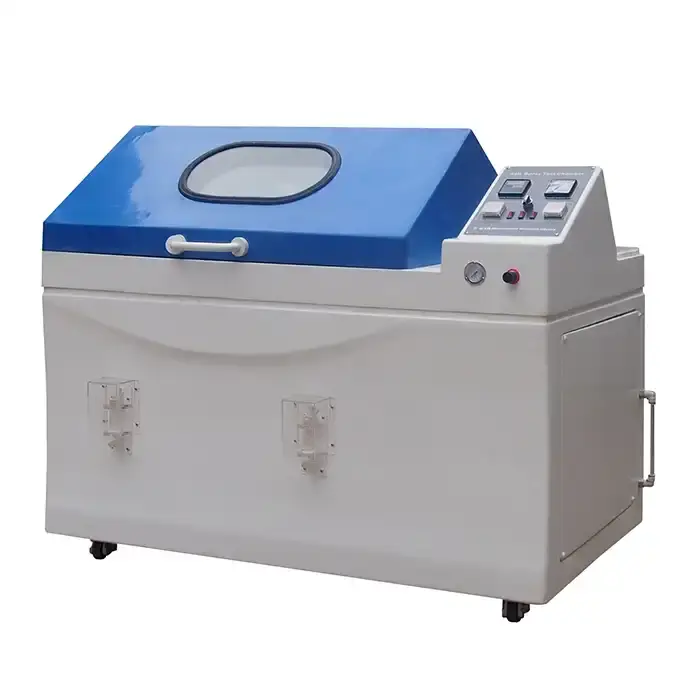
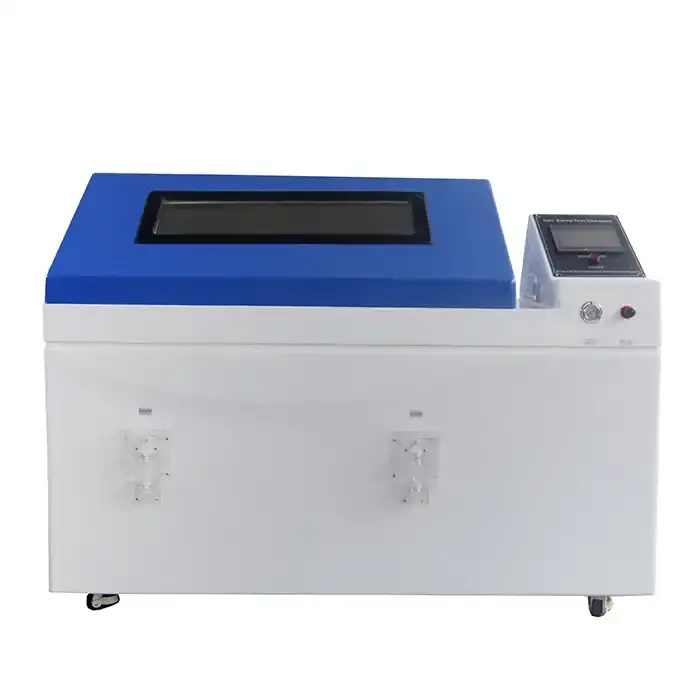
.webp)
